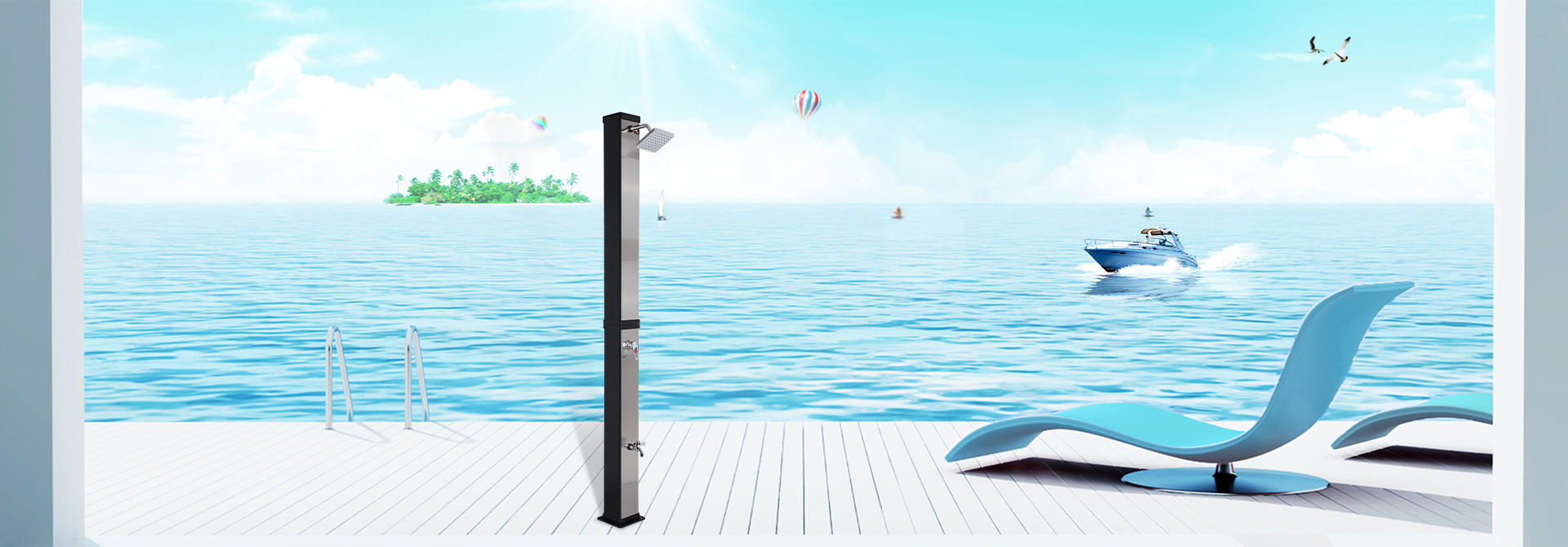We may earn affiliate commissions when you purchase through links on our website. That’s why you can trust us.
When it comes to bathroom remodeling, layout is arguably more important than aesthetics, at least initially. Providing enough space between the shower and toilet is critical to the flow in the room and directly affects how the room functions in daily life.
There are several bathroom layout ideas that may depend on the size and shape of your room, but no matter what space you use, you should always consider things like the distance between the shower and the toilet, especially if you want to avoid common renovation mistakes. bathroom.
Here, bathroom experts explain how to design a bathroom with the best features for an easy renovation.
It is important to leave space around the toilet, otherwise you may break the rules. Design and maintenance codes dictate the amount of space needed for legitimate purposes, and breaking them can get you in trouble. So these specs usually define the dimensions of the bathroom that you can and can’t shower or bath in, which means toilets often determine the final layout of your bathroom idea.
“The secret of the bathroom is to adjust the proportions of the room, and not try to install bathroom products that just clutter up the space,” explains Barry Kutchi, director of design at BC Designs. on the sides of the toilet and at least 18 inches in front. 30″ clearance for easy cleaning and use. When it comes to the gap between the shower and the toilet, you need to make sure that anyone using the shower can do it safely and Keeping this distance is especially important in home bathroom ideas, you can use the shower to bathe kids or even pets.
However, Lydia Luxford, technical services manager at Easy Bathrooms(opens in a new tab), advises that the space on either side of the toilet is more a matter of personal preference and how much space you have. “I always leave at least 6 inches on each side of the toilet from side to side… it’s easier to get in and access to the toilet is unhindered.”
When installing a shower, a minimum of 24 inches of space is required in front of the door for safe entry and exit from the shower. Moreover, the minimum distance from the center point of the toilet or bidet to any other plumbing fixture or wall must also be at least 15 inches for plumbing penetration. You can find the center of the fixture by drawing an imaginary line down the middle, as if dividing it in half.

These guidelines are basic guidelines and while they should be followed, it is normal and even recommended to leave larger gaps than this where possible, especially in large bathrooms.
When remodeling your bathroom, be sure to check local regulations for any inconsistencies and consult with a professional.
Barry suggests that the idea of a small bathroom doesn’t have to be without a shower. “If space is tight, a wet room will be easier because it doesn’t require a fixed shower screen, which takes up quite a lot of space.”
“Ideas for wet rooms often don’t require an enclosure or a bulky shower tray and can blend in with the aesthetics of the rest of the room. When the shower is not in use, the foldable shower screen can be easily folded up to create a sense of space and provide easy access to other items such as the bathtub or toilet.
Although there is no specific size, a room of approximately 30-40 square feet is recommended to comfortably accommodate all bathroom supplies. If you are considering adding a bathtub, the room should be closer to 40 square feet.
Bathrooms less than 30 square feet must be at least 15 square feet and may not include a shower.
Post time: Aug-09-2022

